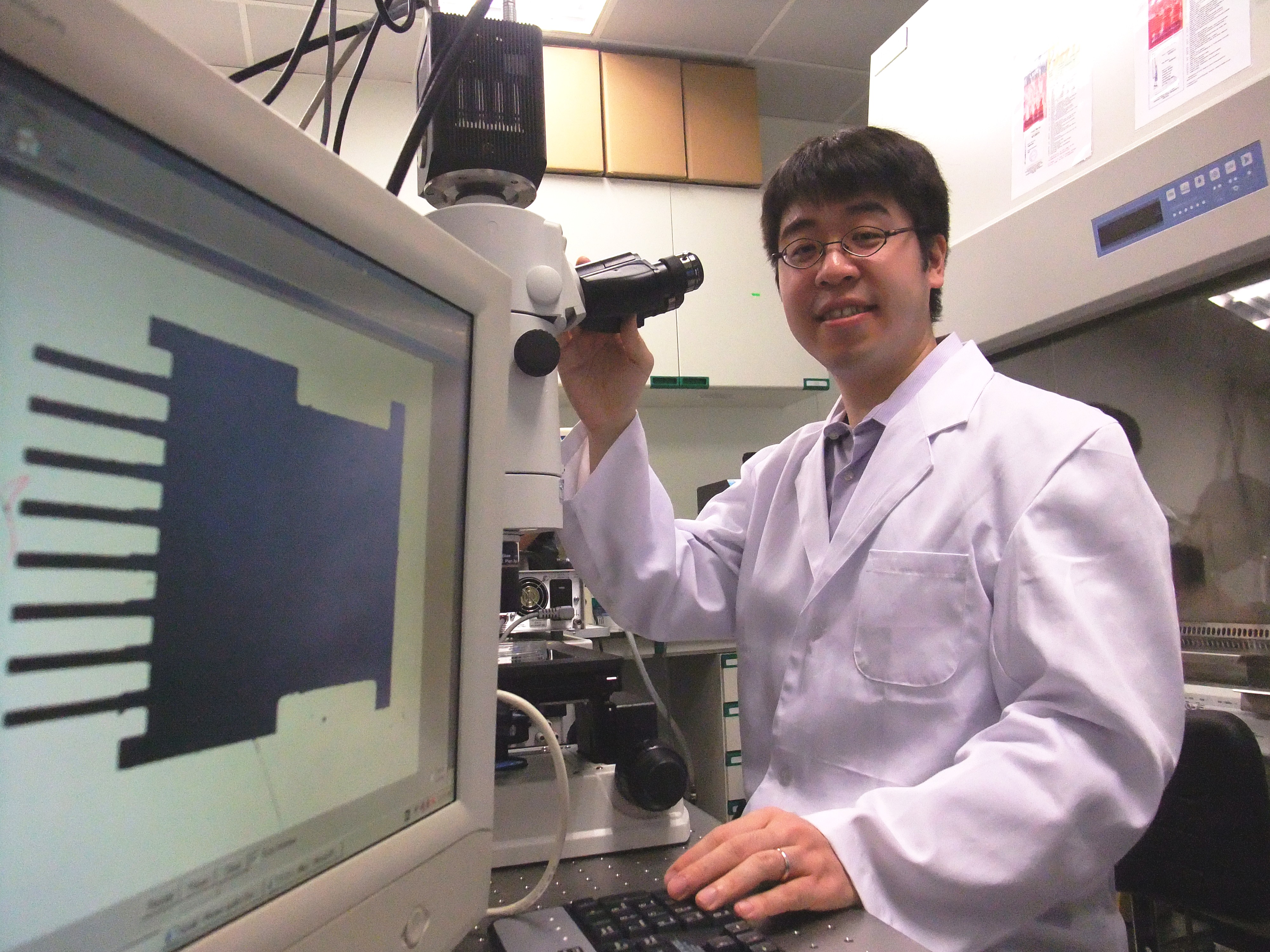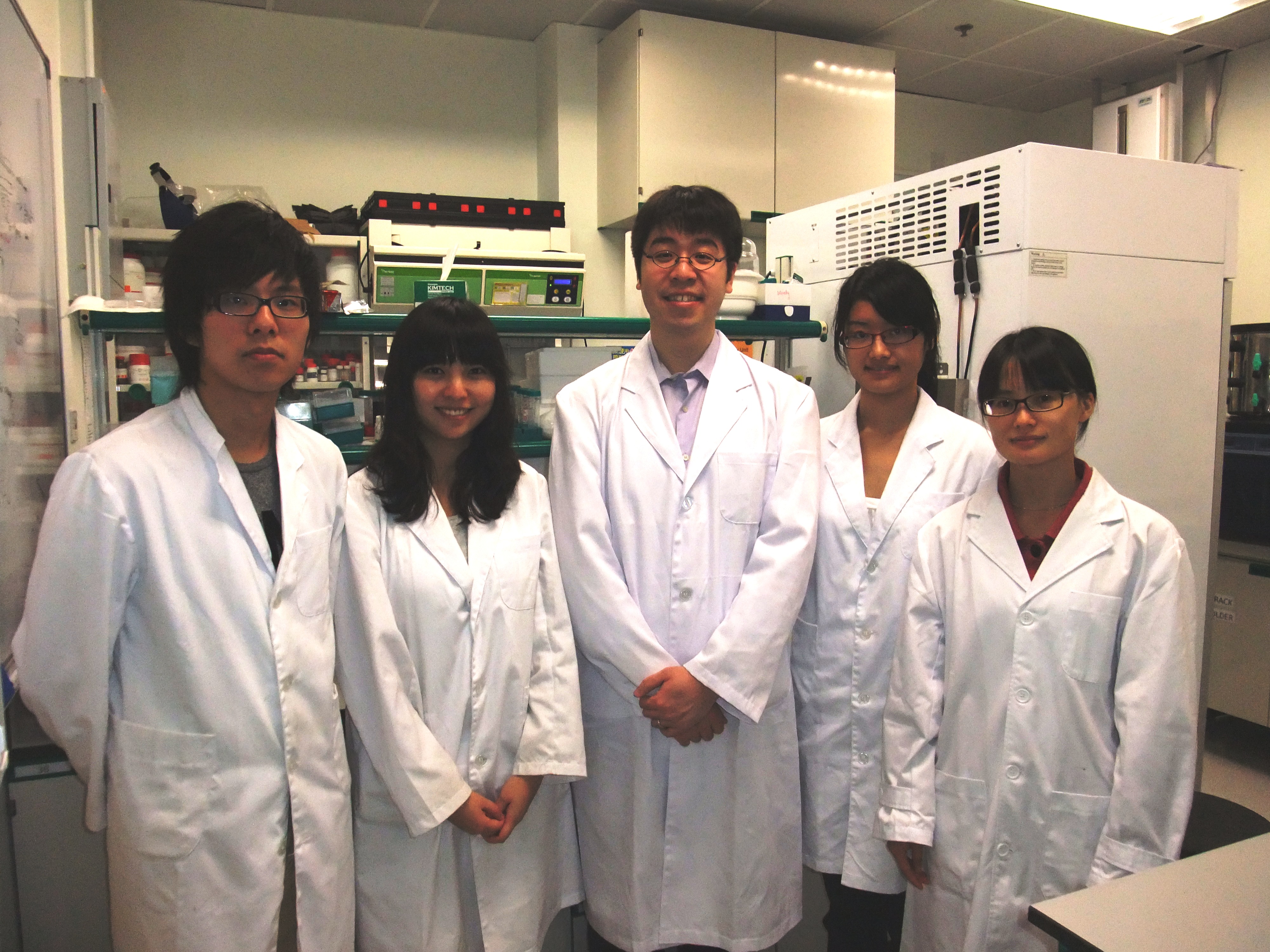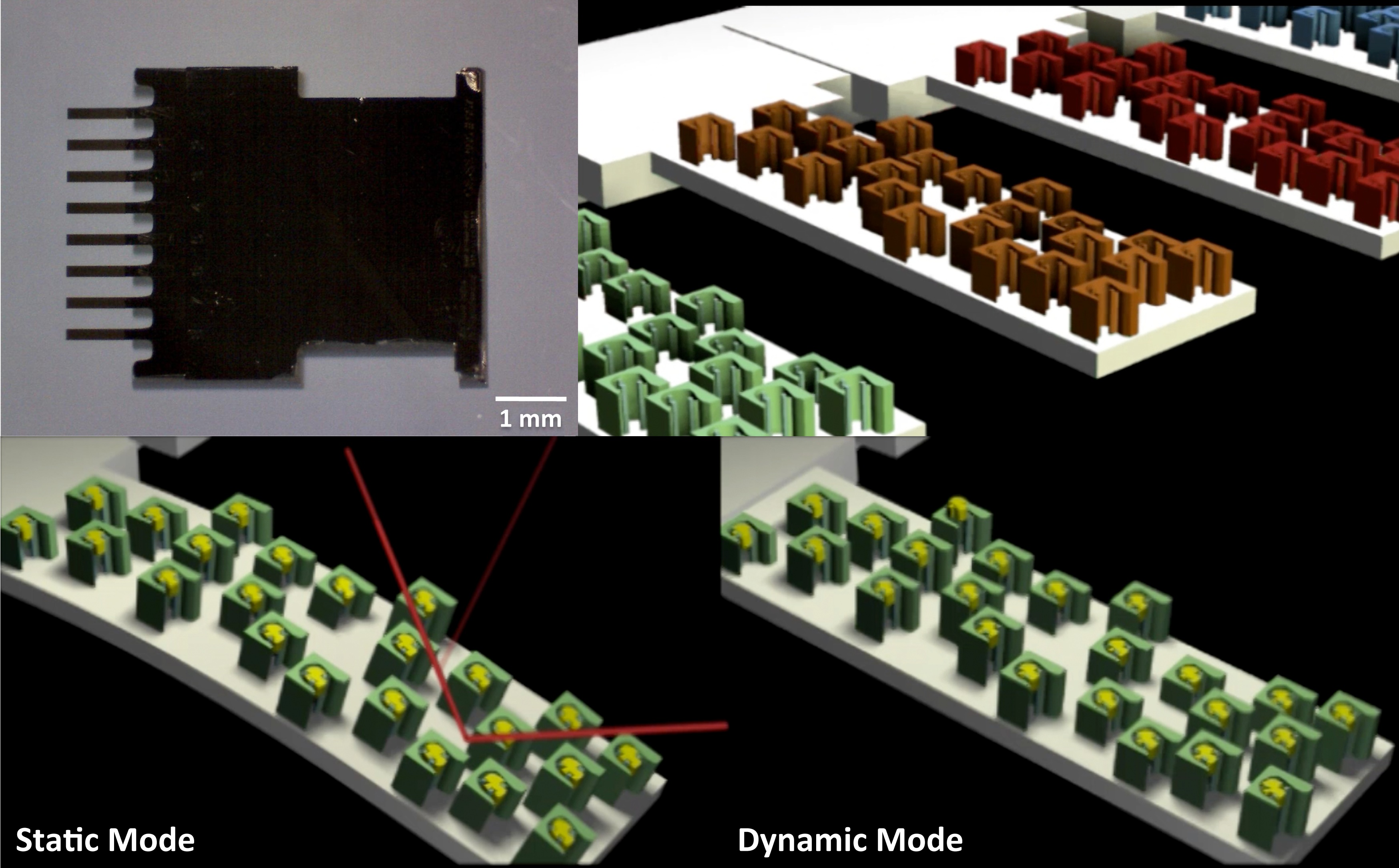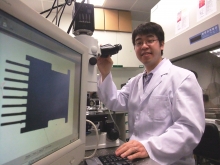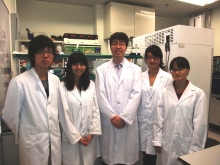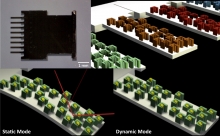CUHK
News Centre
CUHK Engineering Faculty 20th Anniversary Innovation and Technology Fair Showcases Advanced Air Measurement Technique for Detection of Toxic Air Pollutants
The Faculty of Engineering at The Chinese University of Hong Kong (CUHK) will hold its 20th Anniversary Innovation and Technology Fair from 16 to 18 September on campus to showcase to the public an extensive collection of the latest innovative research projects in engineering and information technology conducted by its faculty members and students. The advanced technology in automated and continuous monitoring of an air pollutant, polycyclic aromatic hydrocarbon (PAH), is one of the accomplishments. A research team led by Professor Douglas Yung Pun-to of the Department of Electronic Engineering has developed the molecularly imprinted polymer (MIP) technique to specifically detect various types of airborne PAHs through the use of a miniaturized sensor, and is designing a portable and field-deployable monitoring device for airborne polycyclic aromatic hydrocarbons to allow measurement without geographical limitation. With lower testing cost, shorter time and greater convenience compared with traditional measurement methods, this technology will help government departments, consulting firms, factories and manufacturing plants to perform more effective monitoring of air quality, thereby enhancing air quality and safeguarding health.
Air quality has been a primary concern to the general public; Air Pollution Index is a significant reference and indication of air quality. PAH is a family of organic compounds and a common toxic air pollutant, mainly originating from exhausts of vehicles and electronic waste disposal. Sixteen of the common PAHs have been listed as carcinogenic by the International Agency for Research on Cancer. The current Air Pollution Index released by the Environment Protection Department (EPD) only calculates concentrations of the five major pollutants such as nitrogen dioxide, sulphur dioxide, ozone, carbon monoxide and respirable suspended particulates, with no measurement on PAHs, despite its significant health implications. Among the various toxic air pollutants regularly monitored, very limited data of measurement of common types of PAHs like benzo[a]pyrene (BAP) was generated in the annual reports of ‘Air Quality in Hong Kong’ (1997 – 2009) released by EPD.
High-performance liquid chromatography (HPLC) is the traditional method to measure PAH. HPLC is expensive and time-consuming because sample separation and analysis have to be performed by trained professionalsin laboratories. Professor Yung’s team has developed a new way to measure various kinds of PAH instantly and automatically by adopting MIP technique to build a cantilever-based miniaturized sensor which can recognize molecules of PAH based on their shape, size and chemical functionality. The edges of this technology lie in its detection sensitivity, selectivity and tolerance to interferents.
The project is funded by the Innovation and Technology Commission and the Shun Hing Institute of Advanced Engineering at CUHK, and is closely related to the six priority industries promoted by the government recently, including testing and certification services, medical services, innovation and technology and environmental industries. ‘By integrating microsensors, piezoresistive transducers, air sampling and integrated circuit systems, our team developed an automatic and portable monitoring device for airborne PAHs that allows users to conduct onsite measurement, facilitating the process of environmental monitoring and meeting the surging demand in Hong Kong and mainland.’ Professor Yung said.
This technology can contribute to the improvement of air quality, environment protection, and better management and monitoring of air quality level. The development of equipment for breath diagnosis in health screening is also in progress to measure various exhaled compound rapidly and non-invasively, enabling on-the-spot clinical screening with prompt results. For example, exhaled nitric oxide is a biomarker to indicate the severity of respiratory inflammation and exhaled acetone is used to monitor diabetes. It is expected that this technology will also be applied in monitoring soil and water quality in future.
Members of the public are welcome to join the CUHK Faculty of Engineering 20th Anniversary Innovation and Technology Fair. Free entry. Details are as below:
| Date: | 16– 18 September2011 |
| Opening Hours: | 10 am to 5 pm |
| Venue: | Room 603, Ho Sin Hang Engineering Building, Main Campus, CUHK |
| Enquiries: | 3943 1109 |
| Website: | www.erg.cuhk.edu.hk/20th_Anniversary |


